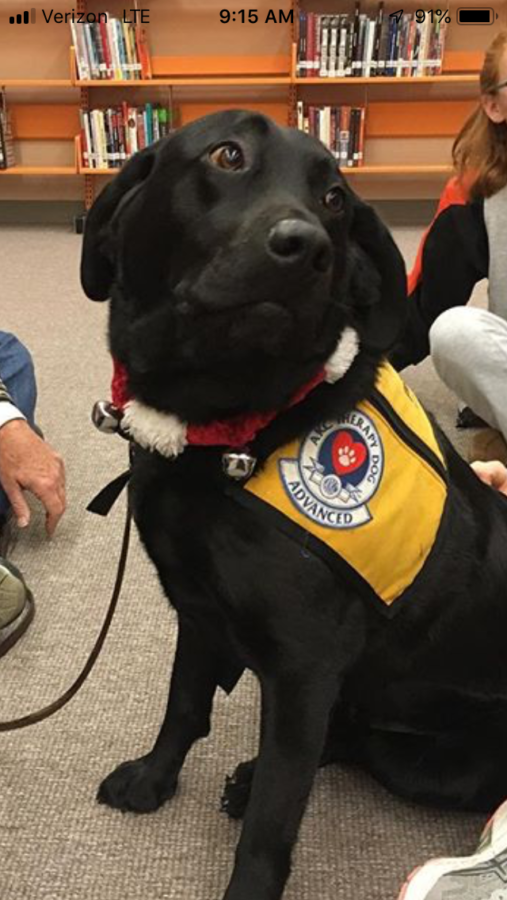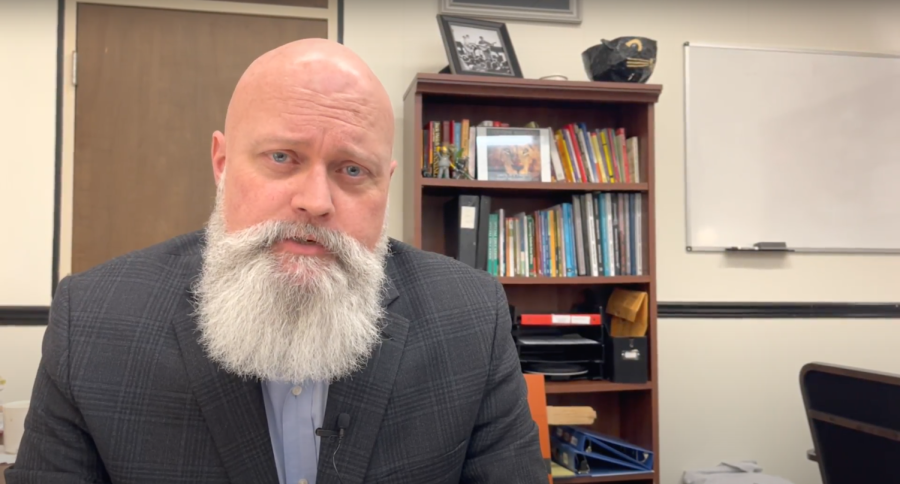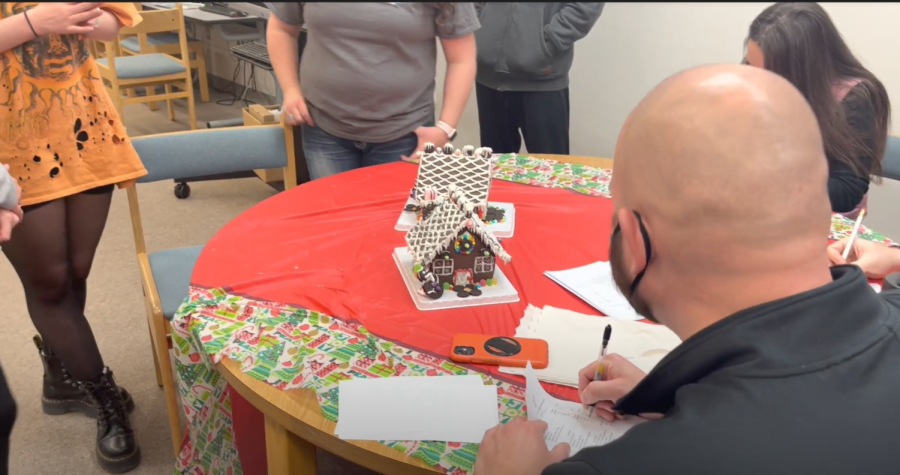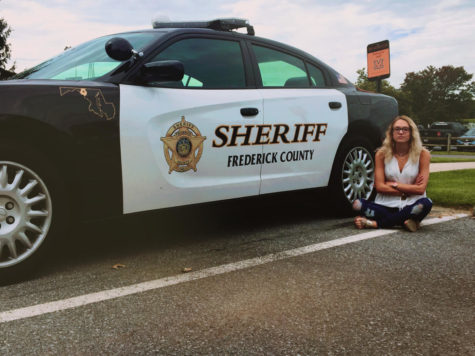
What would you do if your 6-year-old son or daughter was diagnosed with a terminal brain tumor? How would you react when you find out your otherwise perfectly healthy child’s life would be taken in a year? Would you live that year in fear, hope? Or would you just live it normally?
One family planted a sunflower field.
Maria McNamara was diagnosed with a diffused intrinsic pontine glioma (DIPG) on April 1, 2006. Despite the notable date, this was not an April Fool’s joke.
Diffused intrinsic pontine glioma tumors are highly aggressive, difficult-to-treat brain tumors found at the base of the brain. DIPGs are glial tumors. This means that they arise from the glial tissue in the brain. Glial tissue is made up of cells that help support and protect the brain’s neurons.
The stem-like, or base part of the brain is called the pons. The pons controls many of the body’s most vital functions such as breathing, blood pressure and heart rate.
DIPGs account for 10 percent of all childhood central nervous system tumors. Approximately 300 children in the United States are diagnosed with DIPG each year.
The average age of occurrence is between in the ages 5 and 9 for both boys and girls; however, they can occur at any at any age in childhood. DIPGs are not typically found in adults.
Megan McNamara is Maria’s mother. On www.prayersfrommaria.com, Megan wrote, “We knew on that day that our lives had changed forever and that we would never be the same again.”
A glioma tumor is the deadliest kind, and despite it being the second highest cause of cancer deaths in young people, there was very little hope. Advancements for children have been negligible. Kids simply just continue to die.
Symptoms of DIPGs include problems with eye movement, facial weakness, hearing problems, trouble chewing or swallowing, limb weakness, headaches and nausea.
Maria dealt with balance issues, double vision, excessive sleeping and vomiting.
While her parents watched her go through all of these symptoms, after radiation, they also watched her bounce back to almost completely normal. Physicians call this stage the “false hope” stage.
According to Megan, even after radiation the tumor began to grow back. The tumor took ownership of Maria, robbing her of everything the child loved to do.
Maria ended up having horrendous headaches, eating and swallowing her food became difficult and most of all, breathing wasn’t an everyday thing for Maria anymore. Her body slowly began to shut down.
Megan said, “I wasn’t even able to hug her tightly as it caused too much pain.”
Maria wasn’t blind to any of this. She was in full knowing of what was happening to her body. As she began to feel worse and worse she would tell her parents, “I think we should go back to St. Jude’s.” Breaking their hearts, her parents would have to tell their daughter that St. Jude’s couldn’t do anything for her anymore.
Like all parents, Megan and her husband did everything they could to try and help their daughter. Though try as they might, her cancer took the win. Maria’s parents could only hopelessly stand by their daughter as she endured the unimaginable.
Megan said, “Maria showed tremendous character and dignity. Her strength, her courage and, most of all, her faith, left marks on our souls that have changed us forever. She never thought of herself. Instead she chose to pray for all children suffering from cancer and their families. She prayed that the doctors would find a way to help them. She is our hero and her fight became our inspiration. Her prayers became our mission.”
Maria passed away on July 14, 2007.
Megan and her husband Ed started Prayers from Maria, which is a Children’s Glioma Cancer Foundation that is dedicated to funding global research into the causes, prevention, treatments and cure for childhood brain tumors known as gliomas.
Since childhood gliomas are extremely under-funded, the McNamara family is diligently working to make a difference by raising public awareness and bringing hope to children and their families who live with this disease.
The Foundation has awarded hundreds of thousands of dollars in grants to desperately needed research.
What would you do if your 6-year-old son or daughter was diagnosed with DIPG? Would you start your own mission? Would you sit at home and mope? Pray for hope?
How would you try and make a difference? How would you try and give hope to other families and their children that you didn’t have?
To support Prayers from Maria even further, the McNamara family planted 50 acres of hope in Avon, Ohio.
Off of exit 155 along I-90 in Avon, there is a 50-acre sunflower field. The Prayers from Maria Foundation first planted some of these sunflowers in 2014. This was to gracefully draw attention to the lack of funding for childhood cancer. The field’s purpose was and is to inspire the memory and spirit of Maria. The sunflowers were planted as a way to love and honor the courageous children who are battling cancer and those who we have lost.
The entrance to the field has a small stand with Hope gifts, such as shirts, hats and jewelry.
Then there’s the field. The sunflowers beauty is overwhelming. People walk along the paths between the sunflowers, taking in and admiring their beauty. The serenity of the field shows calmness and joy.
Along the paths are stands with faces of children who have passed away from brain tumors.
While the field is open for everyone to enjoy, it provides a close connection to those who have dealt with the deeper meaning the whole field provides.
To bring hope to families and children and help broaden the funding for childhood gliomas, go to https://interland3.donorperfect.net/weblink/WebLink.aspx?name=E201869&id=1&formid=15&Preview=true and place a donation for the Foundation, Prayers from Maria.
The McNamara family took a devastating situation and made it into something that brings them happiness. People who go to this field leave with a connection with Maria and the other children who have suffered from gliomas.
So, what would you do if your 6-year-old son or daughter was diagnosed with a terminal brain tumor?
How would you bring hope to yourself and other families?
















